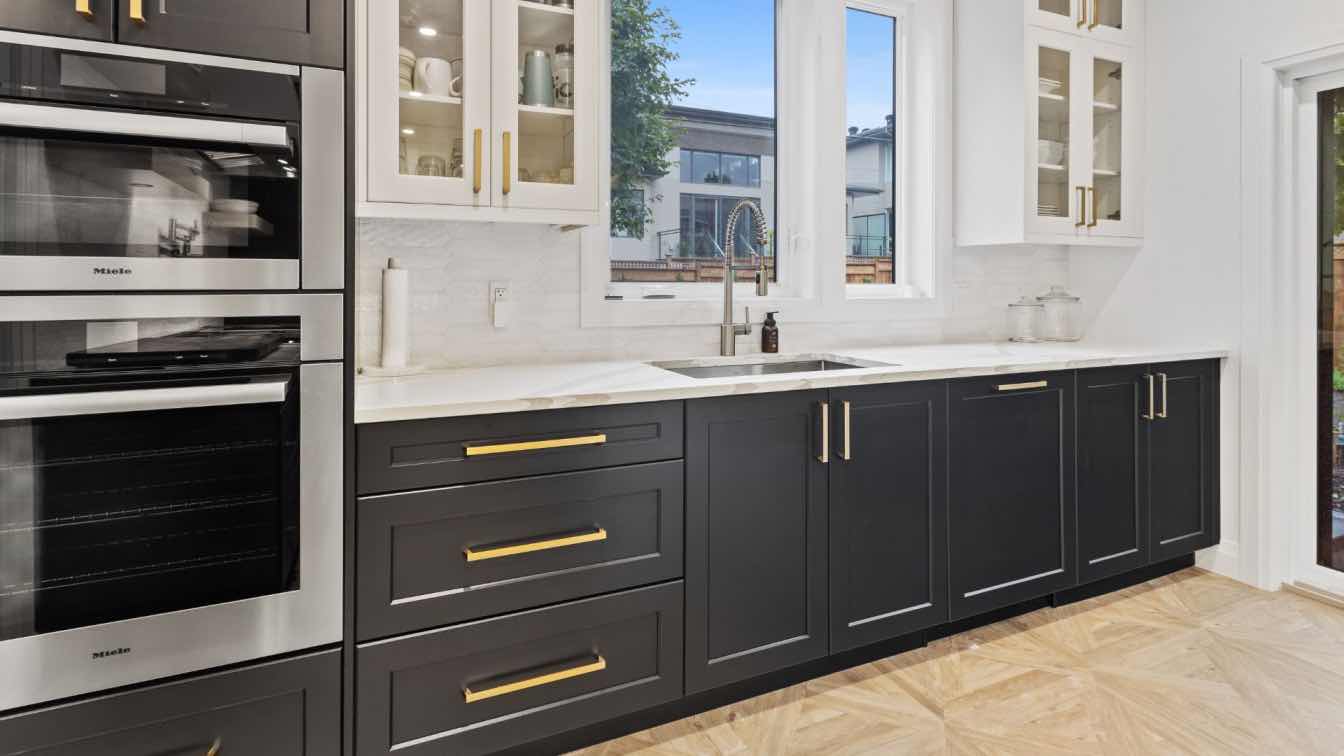Architectural lighting stands at the intersection of artistry and technology, shaping the way we perceive and interact with built environments. Over recent decades, advancements in lighting technology have propelled architectural lighting into a realm of unprecedented creativity and efficiency. This evolution not only enhances the visual appeal of structures but also plays a crucial role in creating sustainable and responsive spaces that cater to modern needs and expectations. The transition from conventional lighting sources to LED technology has been a pivotal moment in architectural lighting. LEDs offer superior energy efficiency, longevity, and flexibility in color rendering, allowing designers to achieve nuanced lighting effects and precise control over ambiance. This technological leap has not only reduced energy consumption but also opened up new possibilities for creative expression and environmental stewardship within architectural design.
Furthermore, the integration of intelligent lighting control systems marks another significant stride forward. These systems leverage sensors and automated controls to adapt lighting levels based on factors such as occupancy, daylight availability, and user preferences. By optimizing energy use and enhancing user comfort, smart lighting solutions contribute to more sustainable and user-centric architectural environments.
In parallel, the concept of interactive architectural lighting has gained traction, transforming buildings into dynamic canvases that respond to human interaction or environmental stimuli. Such installations not only captivate and engage viewers but also redefine spatial experiences, fostering a deeper connection between architecture, technology, and the surrounding community. As the demand for environmentally responsible practices grows, architects are increasingly turning to lighting as a means to achieve sustainable design goals. Strategies such as daylight harvesting, which maximizes natural light penetration into buildings, and the adoption of renewable energy-powered lighting systems underscore a commitment to reducing carbon footprints while enhancing aesthetic and functional qualities.
In this article, we explore the transformative impact of these technologies and trends on the future of architectural lighting. From energy-efficient LEDs to intelligent controls and interactive designs, each innovation contributes to creating environments that are not only visually captivating but also adaptive, sustainable, and enriching for occupants and communities alike.
LED Technologies: Efficiency and Color Capabilities
LED (Light Emitting Diode) technology has revolutionized architectural lighting, offering unprecedented efficiency, longevity, and versatility in color capabilities. LEDs have become the preferred choice for architects and lighting designers seeking to achieve energy savings without compromising on aesthetic quality.
Efficiency: LEDs are highly energy-efficient compared to traditional lighting sources such as incandescent and fluorescent bulbs. They consume significantly less power while producing the same or greater amount of light output. This efficiency translates into lower energy bills and reduced environmental impact, making LEDs a sustainable choice for architectural applications.
Longevity: One of the standout features of LEDs is their long lifespan. Modern LEDs can last up to 50,000 to 100,000 hours or more, depending on the quality and operating conditions. This longevity reduces maintenance costs and downtime associated with replacing bulbs, particularly in hard-to-reach architectural installations.
Color Capabilities: LEDs offer unparalleled flexibility in color rendering and control. Unlike traditional bulbs that emit light in a single color temperature, LEDs can be manufactured to emit light across a wide spectrum of colors. This ability is crucial for architectural lighting design, where the color temperature and intensity of light can dramatically influence the ambiance and visual appeal of spaces.
Versatility: LEDs are versatile in their applications within architectural environments. They can be used for general illumination, accent lighting, decorative lighting, and even dynamic lighting effects. This versatility allows designers to create layered lighting schemes that enhance architectural features, define spatial hierarchy, and evoke desired emotions within a space.
Environmental Benefits: In addition to energy efficiency and longevity, LEDs offer environmental benefits such as reduced greenhouse gas emissions. Their efficient operation lowers carbon dioxide emissions associated with electricity generation, contributing to sustainability goals in building design and operation.
List of Benefits:
1. Energy Efficiency: Consumes less power compared to traditional lighting.
2. Longevity: Lasts up to 50,000 to 100,000 hours, reducing maintenance costs.
3. Color Control: Allows precise control over color temperature and intensity.
4. Versatility: Suitable for various architectural lighting applications.
5. Environmental Impact: Reduces greenhouse gas emissions and energy consumption.
In summary, LED technologies not only provide superior efficiency and longevity but also empower designers with unprecedented control over lighting aesthetics. As the demand for sustainable building solutions grows, LEDs continue to play a crucial role in shaping the future of architectural lighting, offering innovative possibilities for enhancing both functionality and visual appeal in modern architecture.
Technologies in architectural lighting are reshaping the way we perceive and interact with built environments. From energy-efficient LED systems to sophisticated lighting controls, the field is advancing rapidly, enhancing both aesthetics and sustainability in architectural design. Meanwhile, in the realm of online gaming, including legal Polish online casinos (polish: polskie kasyno online legalne), technology also plays a pivotal role. These platforms leverage state-of-the-art software to provide immersive gaming experiences, ensuring compliance with legal regulations while offering diverse entertainment options for players.
Lighting Control Systems: Intelligence and Automation
Modern lighting control systems represent a significant advancement in architectural lighting technology, integrating intelligence and automation to optimize energy efficiency, enhance user comfort, and enable dynamic lighting scenarios.
These systems utilize advanced sensors and smart controls to monitor and adjust lighting levels based on factors such as occupancy, daylight availability, time of day, and user preferences. By dynamically adapting to changing conditions, lighting control systems ensure that spaces are adequately illuminated while minimizing energy consumption. This capability not only reduces operational costs but also contributes to sustainability goals by conserving energy resources. Moreover, intelligent lighting controls enable personalized lighting experiences within architectural settings. Users can customize lighting settings to suit specific tasks or activities, creating environments that are not only functional but also conducive to productivity and well-being. For instance, in office environments, lighting can be adjusted to support different work modes, from focused tasks to collaborative meetings, enhancing overall workplace efficiency.
Automation plays a crucial role in simplifying the management of complex lighting systems. Centralized control interfaces allow facility managers or building occupants to remotely monitor and manage lighting operations across multiple zones or buildings. This remote accessibility facilitates proactive maintenance, troubleshooting, and performance optimization, ensuring consistent and reliable lighting performance.
Furthermore, lighting control systems contribute to occupant comfort and satisfaction by providing consistent lighting levels and minimizing glare and discomfort associated with overly bright or poorly distributed light. This contributes to creating healthier and more enjoyable indoor environments, promoting productivity and reducing stress.
Architectural Elements: Interactivity and High Technology
In contemporary architecture, the incorporation of interactive elements and high technology has ushered in a new era of dynamic and engaging built environments. These elements go beyond traditional static structures, transforming buildings into interactive canvases that respond to human interaction or environmental stimuli.
Interactive Installations: One of the prominent trends is the use of interactive installations within architectural design. These installations utilize sensors and actuators to detect and respond to human presence, gestures, or changes in the environment. For example, interactive facades can change color or pattern based on the time of day, weather conditions, or user interaction, creating visually striking and adaptable building exteriors.
Digital Integration: Digital technologies such as multimedia displays, projections, and augmented reality (AR) have become integral to modern architectural expression. These technologies enable architects to integrate dynamic visual elements into building designs, enhancing both functionality and aesthetic appeal. Buildings equipped with digital displays can serve multiple purposes, from providing information and wayfinding to creating immersive environments for exhibitions or events.
High-Tech Materials: Advances in materials science have introduced innovative materials with adaptive and responsive properties. Smart glass, for instance, can adjust its transparency based on external light levels or user preferences, offering enhanced control over natural light and privacy within buildings. Similarly, lightweight composite materials enable architects to create complex and structurally efficient designs that were previously not feasible with traditional building materials.
Integration Table
|
Feature |
Description |
Example Applications |
|
Interactive Facades |
Exterior surfaces that respond to external stimuli or user interaction. |
Public buildings, museums, retail spaces |
|
Digital Displays |
Integrated multimedia screens and projections within architectural spaces. |
Information centers, event venues, digital art spaces |
|
Smart Materials |
Materials with adaptive properties such as self-healing or color-changing. |
Residential buildings, offices, sustainable designs |
|
Augmented Reality Interfaces |
Virtual overlays that enhance physical spaces with digital information. |
Exhibitions, educational institutions, public spaces |
These architectural elements not only redefine the aesthetic possibilities of buildings but also enhance functionality, sustainability, and user engagement. By seamlessly integrating interactivity and advanced technologies into architectural design, designers can create immersive environments that cater to the evolving needs and experiences of occupants and visitors alike.
Environmental Aspects: Sustainable Lighting for the Future
Environmental sustainability has become a cornerstone of modern architectural practices, and lighting design plays a crucial role in achieving sustainable building standards. The focus extends beyond mere energy efficiency to encompass broader goals such as reducing environmental impact, enhancing occupant comfort, and promoting overall well-being.
One of the fundamental principles of sustainable lighting design is daylight harvesting. This approach maximizes the use of natural daylight to illuminate interior spaces, reducing the need for artificial lighting during daylight hours. Architects integrate elements like skylights, light shelves, and light tubes to effectively distribute natural light while minimizing glare and solar heat gain, thereby creating a more comfortable and visually pleasing indoor environment.
The adoption of energy-efficient lighting technologies, particularly LED fixtures, has revolutionized sustainable building practices. LEDs offer significant advantages over traditional lighting sources, including lower energy consumption, longer lifespan, and enhanced control over light intensity and color temperature. By replacing incandescent or fluorescent lighting with LEDs, buildings can achieve substantial energy savings and operational efficiencies without compromising lighting quality.
Integrated design approaches are essential in sustainable lighting design. Architects collaborate closely with lighting designers, engineers, and stakeholders to develop holistic lighting solutions that optimize energy performance while meeting aesthetic and functional requirements. This integrated approach considers factors such as building orientation, site-specific conditions, and occupant behavior, ensuring that lighting systems are tailored to enhance both environmental and human well-being.
Advanced lighting controls and automation further enhance sustainability efforts by providing precise control over lighting levels, schedules, and occupancy sensors. These systems automatically adjust lighting based on occupancy patterns and daylight availability, minimizing energy use without sacrificing user comfort. By incorporating dimming controls, timers, and sensors into lighting design, buildings can achieve additional energy savings and operational efficiencies over time.
In conclusion, the evolution of technologies in architectural lighting is paving the way towards a future where illumination transcends mere functionality to become a dynamic tool for enhancing aesthetics, sustainability, and user experience. LED technologies have revolutionized efficiency and flexibility in lighting design, while intelligent lighting control systems offer unprecedented levels of adaptability and energy savings. The integration of interactive elements and sustainable practices further enriches architectural environments, fostering creativity and responsiveness to both human interaction and environmental conditions. As these trends continue to advance, the future of architectural lighting promises to deliver environments that are not only visually compelling but also environmentally responsible and technologically sophisticated.





